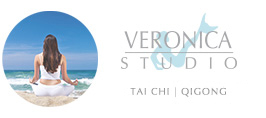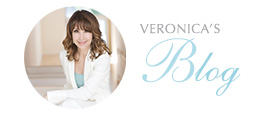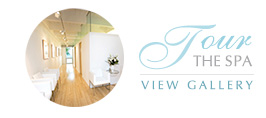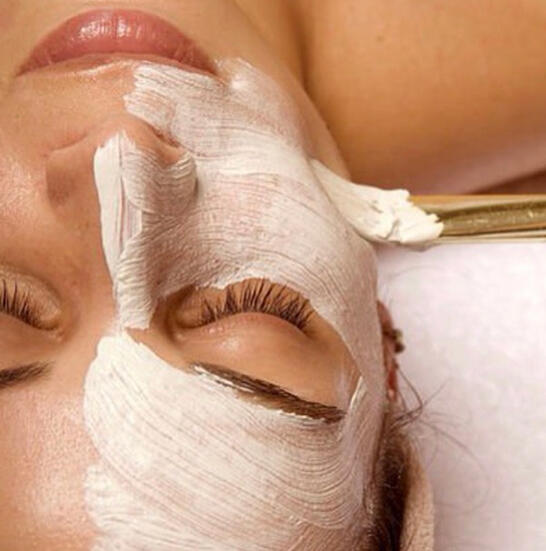
Aromatherapy
A Little History
Though aromatherapy has been practiced widely for many centuries, over time it was forgotten. The last few centuries, however, have brought renewed interest in its form of healing, especially in England, France and Italy. Now with TikTok and the popularity of lymphatic drainage, it’s found a new audience. The French chemist Dr. Rene-Maurice Gattefosse is considered the father of modern aromatherapy. He coined the term aromatherapy and used it as the title of a book he published in 1937. Gattefosse was particularly interested in the cosmetic and medicinal aspects of essential oils. The French physician Dr. Jean Valne was very impressed with Gattlefosse’s findings. He used essential oils in the treatment of war injuries during World War ll to disinfect and heal. He in turn published a book in 1964 called Aromatherapie, Traitement des maladies par les essence des plants. Valet was particularly interested in teaching physicians the use of essential oils. Today, thousands of physicians in France use essential oils in their practice.
Between 1920 and 1930 Italian scientists conducted experiments dealing with the psychological effects of essential oils. An article published in 1922 by Dr. Renato Cayola and Dr. Giovanni Garri discussed the effect of essential oils on the nervous system. Both scientists had studied their stimulating as well as calming effect, measuring blood pressure, breathing frequency, and the blood circulation rate. They also observed the bacteria-destroying capacities of essential oils.
Professor Paolo Rovesti, at the University of Milan, conducted research on the psychological effect of essential oils. Rovesti, who treated patients with depression, recommended the application of essential oils in a variety of combinations. For instance, for depression he recommended the following combination: jasmine, sandalwood, orange blossom, verbena, and lemon oil. For the Treatment of anxiety he suggested: bergamot, neroli, cypress, orange leaf, lime, rose violet leaves, and marjoram.
Because of my love of skincare I’ve always been fascinated by aromatics and their use on different types of skin. On my travels through Egypt I learned how aromatic medicine emerged from the temples of Egypt thousands of years ago. The Egyptians also practiced the art of massage and were famous for their skin care and cosmetology. Embalming was one of the main uses of aromatics and essential oils. Bodies were filled with fragrant preparations after removal of the internal organs. The antiseptic power of essential oils have preserved Egyptian mummification thousands of years later. Visiting with the family who have made aromatherapy oils for generations was one of the highlights of my trip to Egypt in the 80’s. I realized that what comes from Mother Earth is so important. After that trip I wanted to add aromatherapy to my practice with even more passion.
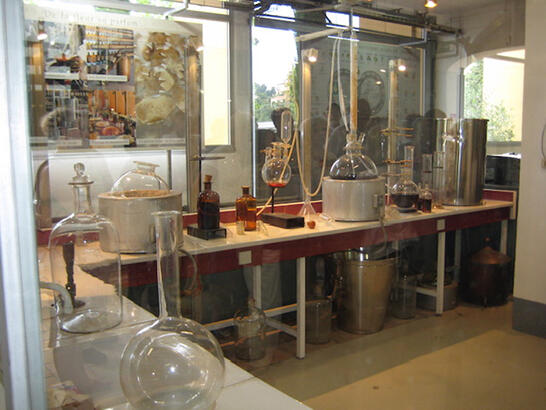
Aromatherapy Lab 1988 Egypt
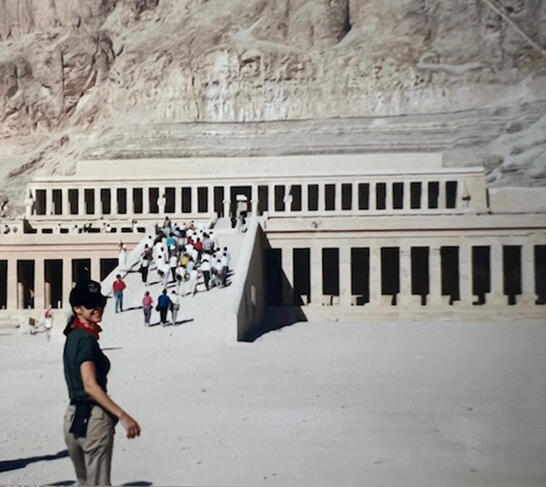
Veronica entering the Valley of the Queens in Egypt (1988)
I discovered that when I began using essential oils in my facials, the experience became twofold – my client’s skin blossomed with radiance, and at the same time, I felt renewed and energized with every treatment I gave.
AROMATHERAPY Facial
An aromatherapy facial is a holistic skin treatment that combines traditional facial techniques with the therapeutic use of essential oils to benefit both the skin the the senses. It is designed not only to improve the complexion but also to relax the mind and body.
Key Elements
1. Essential Oils
Oils are selected based on the clients’s skin type (dry, oil, sensitive, mature), and emotional needs (stress relief, relaxation, energy).
Examples:
- Lavender – calming and soothing for sensitive skin.
- Tea tree – antibacterial, good for acne-prone skin.
- Rose – hydrating and, rejuvenating for mature skin.
- Neroli – balancing and brightening for combination skin.
2. Cleansing & Exfoliation
Gentle cleansers and natural exfoliants remove impurities, while oils add nourishment.
3. Massage
Aromatherapy facials often include longer, sooting massage movements using essential oil blends. This stimulate circulation, relieves tension, and enhances lymphatic drainage.
4. Masks & Treatment
Customized masks are applied, sometimes infused with essential oils, to deeply hydrate, purify, or calm the skin.
5. Inhalation Benefits
As the oils are massaged into the skin and diffused into the air, they provide relaxation, uplift mood, and support overall well-being.
BENEFITS
- Improves skin tone, texture, and hydration.
- Addresses skin concerns naturally (acne, dryness, dullness, sensitivity).
- Reduces stress, tension and anxiety.
- Stimulates blood flow and lymphatic drainage.
- Promotes deep relaxation and a feeling of well being.
WHO IT’S BEST FOR
- Clients who want a gentle, natural treatment without harsh chemicals.
- People seeking both skin improvement and relaxation.
- Anyone with normal to dry or sensitive skin. Blends can be adapted for all skin types.
Essential Oils are volatile substances; they are highly concentrated vegetal extracts that contain hormones, vitamins, antibiotics, and antiseptics. In a way, essential oils represent the spirit, the soul of a plant. They are the most concentrated form of herbal energy. Many plants produce essential oils. They are contained in tiny droplets between the cells and play an important role in the biochemistry of the plants. They are also responsible for the fragrance of the plants.
To the estheticians of tomorrow, learn and incorporate aromatherapy into your facials. You’ll discover that every treatment is a gift, not only to your client, but to yourself as well.
Love & light,
Veronica
“A daily skincare routine is a daily act of self-love.”
– Veronica


